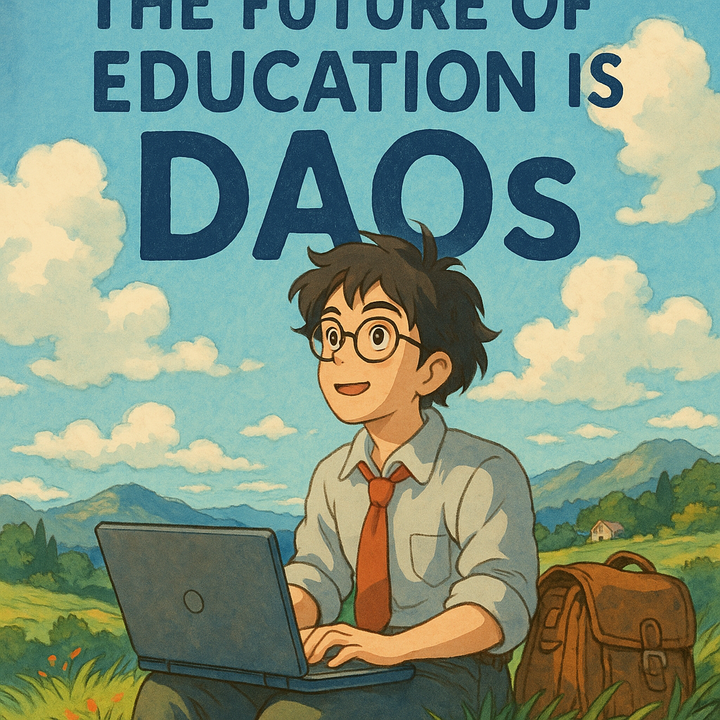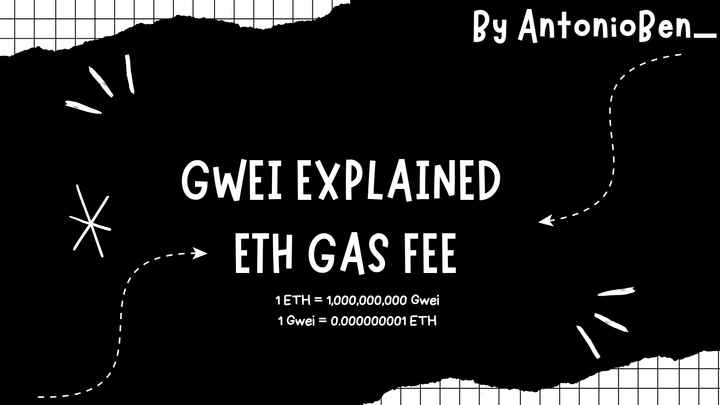DAO Platforms in Action: How Mitosis, TalentLayer, and EduDAO Are Shaping Decentralized Innovation

Introduction
Decentralized Autonomous Organizations (DAOs) are redefining how communities collaborate, govern, and innovate in Web3, leveraging blockchain to distribute decision-making and ownership. Mitosis, TalentLayer, and EduDAO exemplify this potential, each applying DAO principles to distinct domains: DeFi liquidity, talent marketplaces, and blockchain education. Mitosis’ Ecosystem-Owned Liquidity (EOL) model empowers liquidity providers (LPs), TalentLayer builds interoperable gig economies, and EduDAO funds university-led Web3 research. This article examines their approaches, achievements, and the broader impact of DAO platforms in action, drawing on recent developments like Mitosis’ Matrix Straddle Vault.
The Power of DAOs in Web3
DAOs are blockchain-based organizations governed by smart contracts, enabling trustless, transparent decision-making. With DeFi’s total value locked (TVL) reaching $100 billion in 2025 and Web3 expanding into work and education, DAOs offer a framework to align incentives across decentralized ecosystems. Mitosis, TalentLayer, and EduDAO showcase this by tackling liquidity fragmentation, gig economy centralization, and academic funding gaps, respectively, through community-driven governance.
Mitosis: Decentralizing Liquidity Provision
Mitosis, a Layer 1 blockchain, uses its EOL model to give LPs control over liquidity across chains. Its Matrix Straddle Vault, launched in its final phase on April 29, 2025, exemplifies this:
▪️Mechanics: Open to all with no deposit caps, LPs deposit assets like weETH, earning “maAssets” and dual rewards, MITO Points (for $MITO governance) and Theo tokens.
▪️Governance: LPs vote on liquidity allocation, directing funds to high-yield opportunities or new chains, addressing DeFi’s “cold start” problem.
▪️Impact: With $80 million in TVL in three months and $7 million from Amber Group, Mitosis’ vaults unify liquidity across Ethereum and Arbitrum, leveraging EigenLayer for security.
Recent MitosisOrg posts highlight its vision of a “universal liquidity layer,” making DeFi inclusive and efficient.
TalentLayer: Building Open Talent Marketplaces
TalentLayer is an open-source protocol for decentralized gig marketplaces, enabling platforms like Uber or Upwork to operate without intermediaries. Its DAO-driven approach empowers developers and users:
🎯 Mechanics: TalentLayer provides tools for building interoperable marketplaces, including on-chain user profiles and liquidity pools for jobs. Its SDK, announced in August 2023, simplifies integration.
🎯 Community Engagement: At ETH Prague and Warsaw 2023, TalentLayer hosted workshops and hackathons, with projects like BeeTogether winning bounties.
🎯 Impact: By decentralizing talent markets, TalentLayer reduces platform fees (e.g, Upwork’s 20%) and fosters composable ecosystems, with DAO governance ensuring user-driven development.
X posts praise its “plug-and-play” tools, with developers like yash_goyal_dev on X, showcasing authenticated marketplaces built on TalentLayer.
EduDAO: Funding Blockchain Education
EduDAO, backed by BitDAO’s $2.5 billion treasury, connects university blockchain groups to fund Web3 innovation. Launched in 2021, it collaborates with Harvard, MIT, and others:
▪️Mechanics: EduDAO allocates $11 million annually to student-led projects, with $33 million initially for grants, research, and products. Universities operate autonomously, voting in BitDAO governance.
▪️Achievements: Berkeley’s Blockchain Xcelerator and Tsinghua’s student projects have leveraged EduDAO funds, fostering global collaboration and open research.
▪️Impact: By decentralizing academic funding, EduDAO empowers students to drive Web3 innovation, addressing underfunded education systems.
X sentiment reflects excitement, with Harvard’s Blockchain Club calling it “revolutionary” for student-led crypto initiatives.
Comparative Analysis
Each platform showcases DAOs in action, with distinct focuses:
➡️ Scope: Mitosis targets DeFi liquidity, TalentLayer focuses on work marketplaces, and EduDAO addresses education funding, covering diverse Web3 needs.
➡️ Governance: Mitosis uses $MITO for LP voting, TalentLayer relies on community bounties and SDK contributions, and EduDAO ties university budgets to BitDAO votes.
➡️ Impact: Mitosis’ $80 million TVL signals DeFi traction, TalentLayer’s hackathon wins show developer adoption, and EduDAO’s $33 million fund drives academic Web3 growth.
Together, they demonstrate DAOs’ versatility, aligning incentives across finance, labor, and education.
Challenges and Risks
DAO platforms face hurdles:
▪️Complexity: Mitosis’ vault mechanics and TalentLayer’s SDK require user education, as X feedback notes occasional UI friction. EduDAO’s governance may overwhelm smaller university groups.
▪️Security: Mitosis’ cross-chain vaults and TalentLayer’s smart contracts risk hacks, with DeFi losing $1 billion in 2024. EduDAO’s funding model depends on BitDAO’s treasury stability.
▪️Adoption: Scaling user and developer engagement remains critical, especially for TalentLayer’s niche marketplaces and EduDAO’s academic focus.
Iterative testnets (Mitosis), hackathons (TalentLayer), and pilot funding (EduDAO) show commitment to addressing these challenges.
A Vision for Decentralized Innovation
Mitosis, TalentLayer, and EduDAO are proving DAOs’ potential to transform industries. Mitosis’ Matrix Straddle Vault empowers LPs to govern liquidity, TalentLayer’s tools decentralize gig economies, and EduDAO’s funding fuels Web3 education. Together, they bridge DeFi, work, and academia, aligning communities in a $100 billion Web3 ecosystem.
For LPs, developers, and students, these platforms offer agency voting on liquidity, building marketplaces, or funding research. For Web3, they set a standard for decentralized collaboration. As Mitosis scales to mainnet, TalentLayer expands its SDK, and EduDAO grows its university network, DAOs are no longer theoretical, they’re driving the future, one community at a time.
Stay tuned for more update on Mitosis ecosystem by checking out their official pages at: Website | X | Discord | Telegram



Comments ()